On 9 August 1956, over 20,000 women from diverse backgrounds marched to the Union Buildings in Pretoria, standing up for their rights. This peaceful protest was organised by the Federation of South African Women (FSAW) and led by notable activists like Lillian Ngoyi, Helen Joseph, Rahima Moosa, and Sophia Williams-De Bruyn. The women delivered petitions with over 100,000 signatures to the Prime Minister's office, standing in silence for 30 minutes and then...
Impala Rutting Season: Nature's Spectacle in the African Wilderness
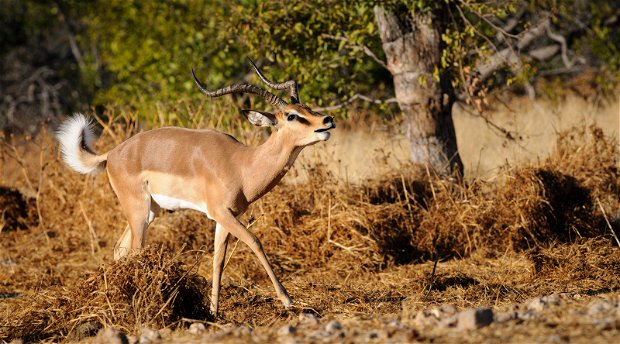
When embarking on a safari adventure, the anticipation of seeing the Big Five always gets our hearts racing. These majestic creatures hold a special allure, and spotting them is a rare and significant experience. And yet, we shouldn’t forget that the African bush is teeming with a multitude of other fascinating animals that often go unnoticed. A great example is the impala, a true gem of the wilderness.
Unveiling the Impala's Hidden Majesty:
All year round, herds of impalas can be spotted across various African landscapes. Such regular sightings mean they’re easily overlooked and often underappreciated. However, during impala rutting season, they emerge from obscurity with a ‘roar’ – quite literally. The peculiar and powerful guttural sounds they emit are impossible to ignore, and to inexperienced ears, this sound is often mistaken for the calls of some of our larger predators. This is impala mating season, and it’s a time when these underrated animals so naturally demand our attention and respect.
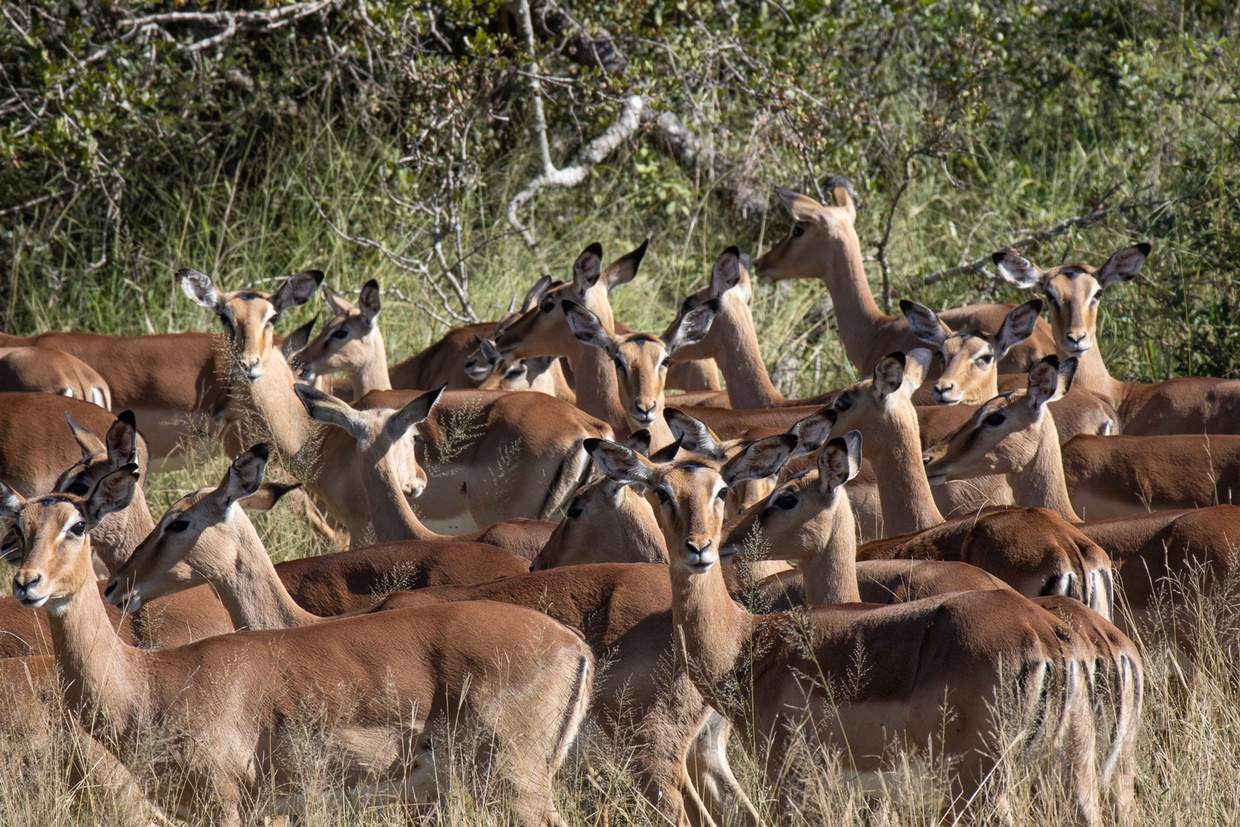
When is mating season?
Impala rutting season typically occurs toward the end of the wet season, usually in May. It is a three-week-long period when the usually subdued and elegant impalas undergo a dramatic transformation. The male Impalas, known as rams, engage in intense battles for dominance and the opportunity to mate with receptive females.
The Battle for Dominance and Mating Rights:
During the rutting season, male Impalas showcase their strength and agility through a series of rituals. These rituals involve impressive displays of leaping, territorial defence, and vocalisation. The guttural roars and snorts of competing rams echo through the savannah, serving as a declaration of strength and a means of attracting females, while warning rival males to stay away.
The Impact of Rutting Season on Impala Rams:
Life during the rutting season is not all fun and games for impala rams. The constant fighting and defending of territories, along with the intense focus on mating and fending off rivals, takes a huge toll on their physical condition. They spend a lot less time eating and grooming, which leads to increased tick loads and a decline in their overall fitness and wellbeing. Weakened and distracted, impala rams then become easy targets to the very predators for which their calls are often mistaken.
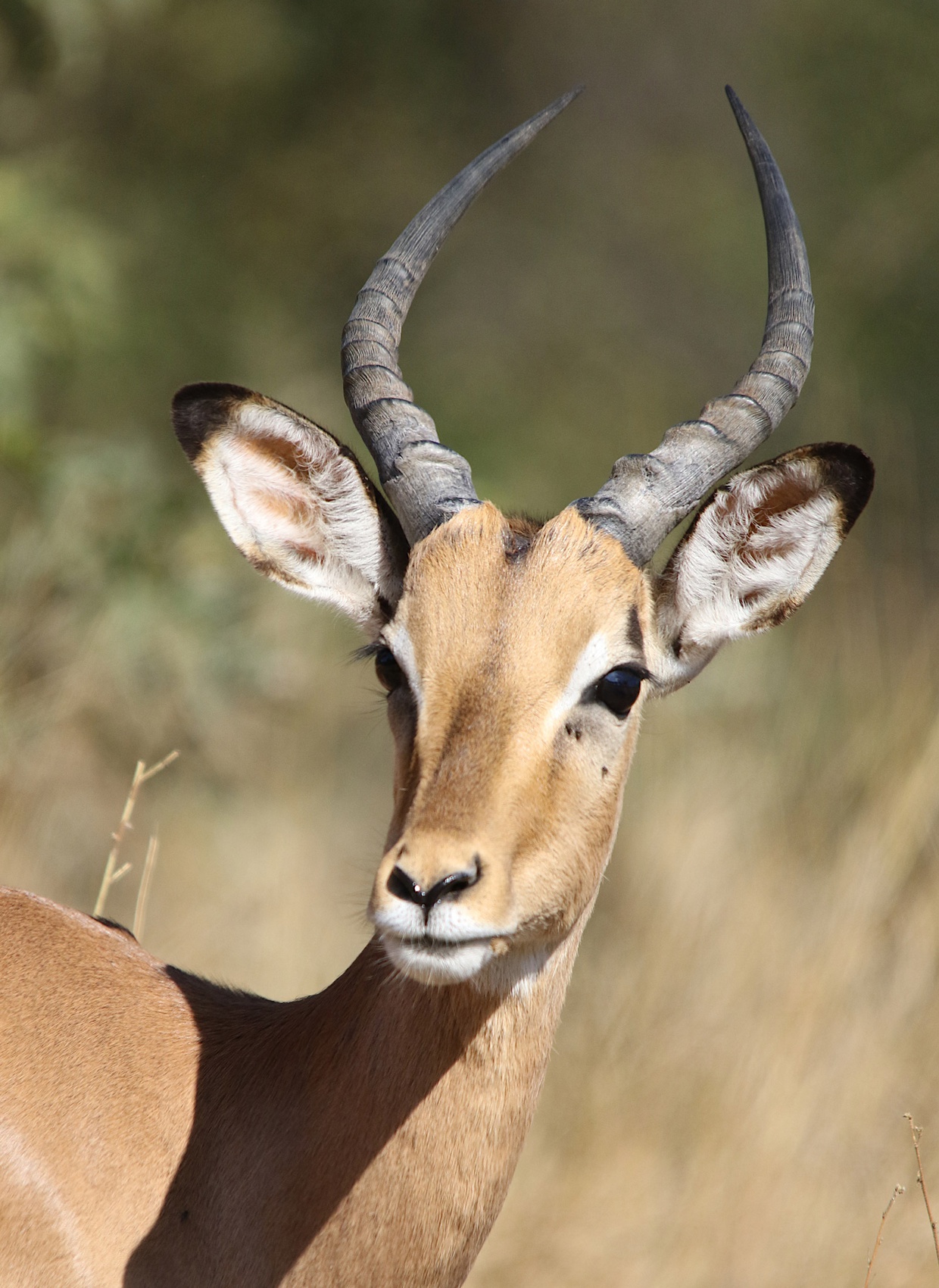
The Triumph of Victorious Rams:
Rams who survive the trials of the rutting season earn the privilege of leading a harem of females, sometimes numbering up to 50 ewes. Some males can remain dominant in the herd for up to eight days before being pushed out by a stronger male. The victorious rams will mate with their harem in this time, and this concentrated mating window ensures the synchronisation of impala births the following season - a surge of new life, typically observed in early December, that overwhelms predators and ensures the continuation of the species.

Once defeated, the ousted male doesn't just sit back and relax though; he’ll start to feed and condition himself before trying to compete for his herd again. This constant changing of dominant males allows for the spread of genetics, preventing inbreeding and ensuring that only the strongest genes are passed on to future generations. Once the rutting season has ended, impala rams reform bachelor herds, while females stay together in herds with their young.
The Circle of Life and Survival:
While the impalas engage in their fierce battles and courtship rituals, predators seize the opportunity to prey upon the distracted and exhausted rams. Lions, leopards, and other predators keenly observe the impala rutting season, using the temporary vulnerability of the males to their advantage. The outcome of these encounters underscores the delicate balance between life and survival in the animal kingdom.
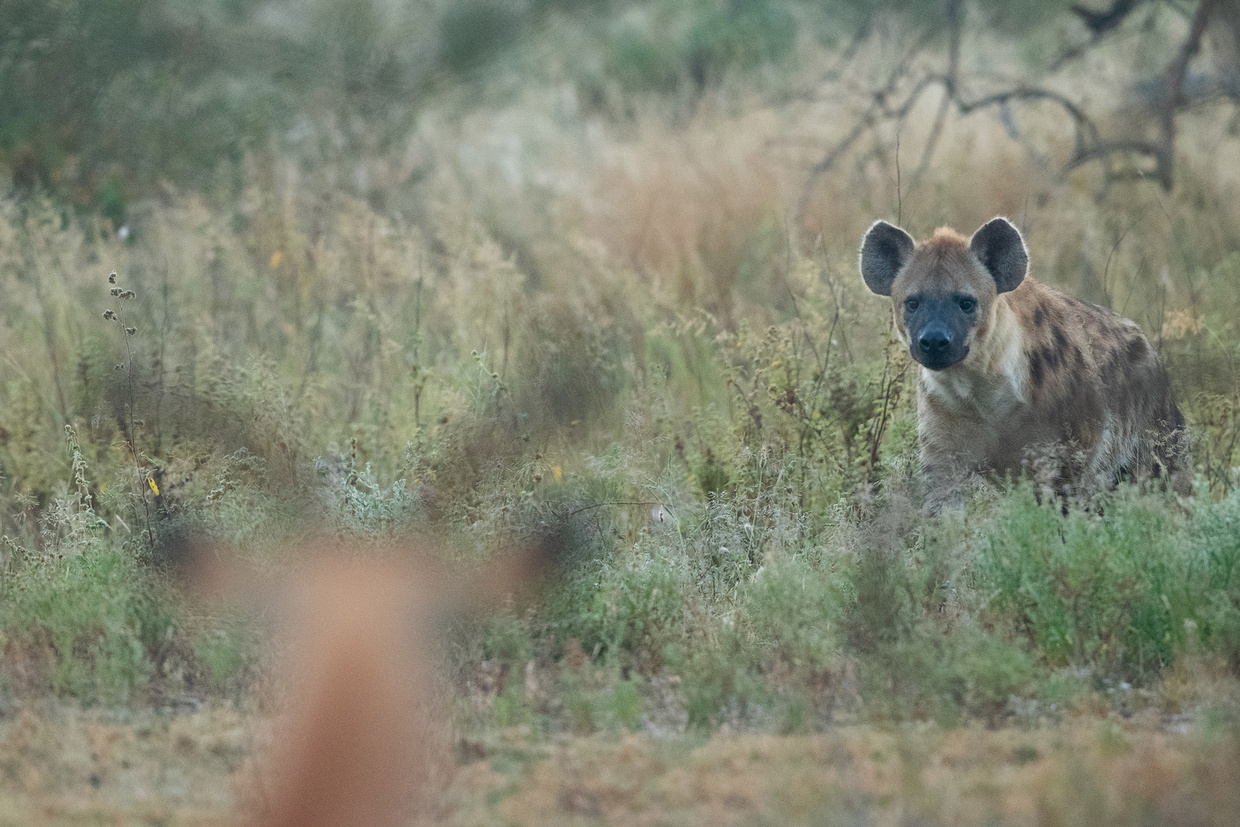
Embracing the Wonders of Impala Rutting Season at Shumbalala Game Lodge:
Impala rutting season is a time when the African bush comes alive with the echoes of impala roars and the thrilling displays of dominance and courtship. It’s a spectacle that highlights the resilience, adaptability, and primal instincts of these prolific, often overlooked creatures. Witnessing this captivating phenomenon reminds us of the intricate web of life in the wilderness and the delicate balance between survival and reproduction.
So, as you embark on your next safari adventure with us, take time to appreciate the overlooked beauty of the Impala and marvel at their incredible ability to not only survive, but thrive in the wilderness. If you’re visiting during the rutting season, listen out for their guttural calls. We’d love to see and share your experiences if you have the opportunity to capture this spectacle of the African bush on camera!
Further Reading
In April, we celebrate World Book Day - a time to reflect on the pivotal role that books continue to play in enriching our lives. We particularly value how books can ignite incredible journeys and deepen our understanding of the environments and creatures we encounter on safari. Whether you’re preparing for your next South African adventure or simply dreaming of the wild from your living room, we’ve curated a list of five...
This time of the year is one of the most magical and awe-inspiring times to experience the Thornybush Nature Reserve. Within a very short period the seasons start to change. All of a sudden, fresh spring weather turns into glorious balmy summer evenings and long, lazy days best spent around the sparkling pool with an ice-cold drink in hand. During early October, temperatures at Shumbalala Game Lodge quickly climb into the mid-to-high...


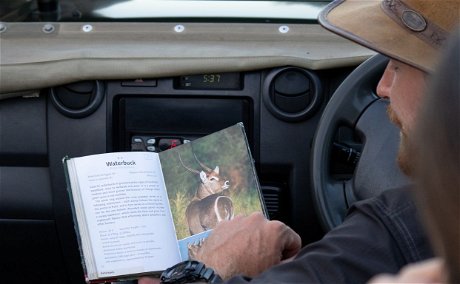
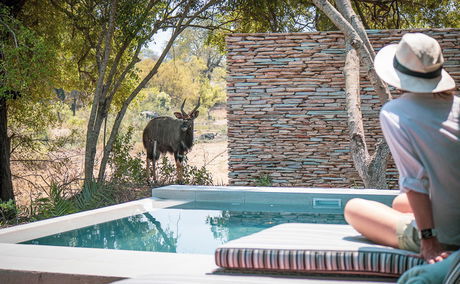


Share This Post